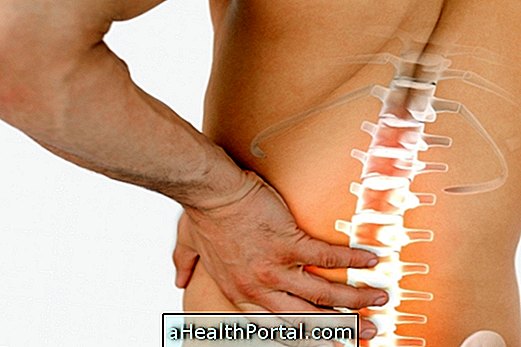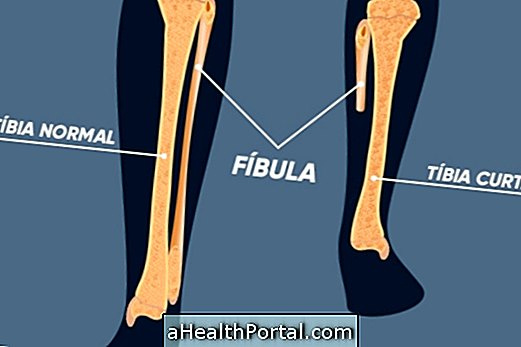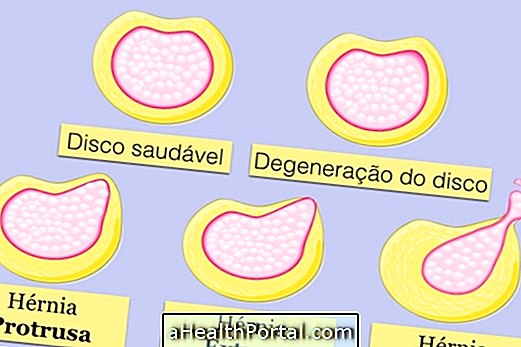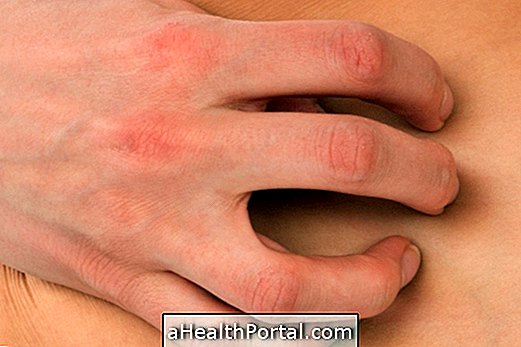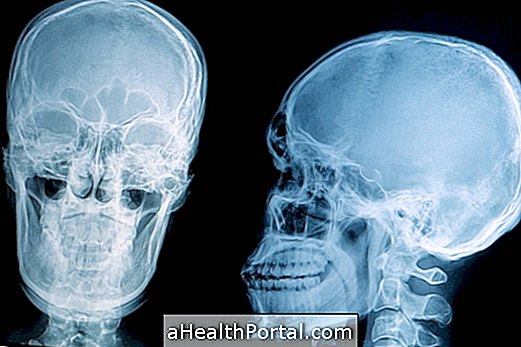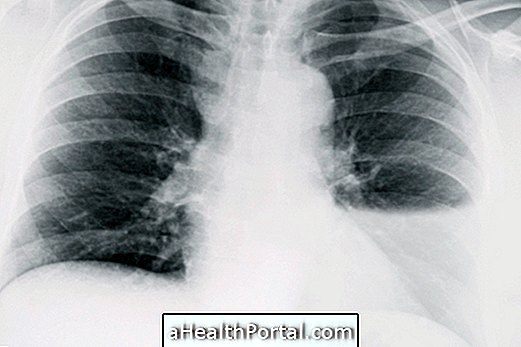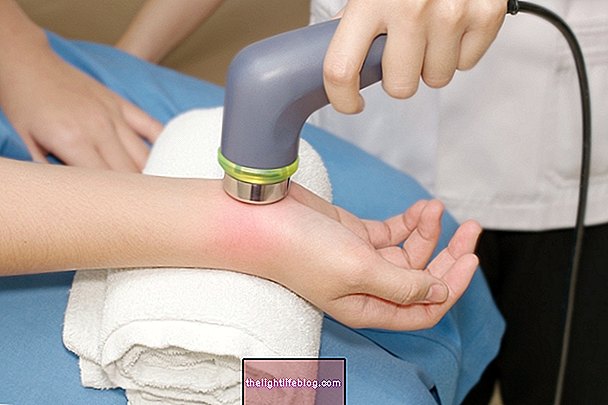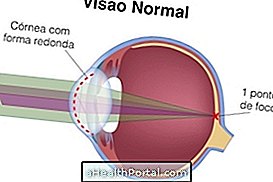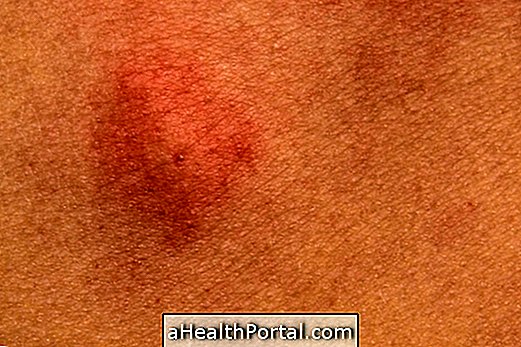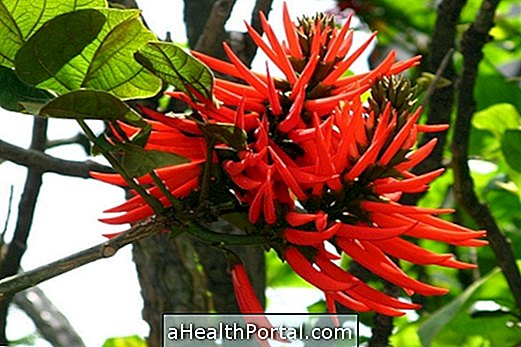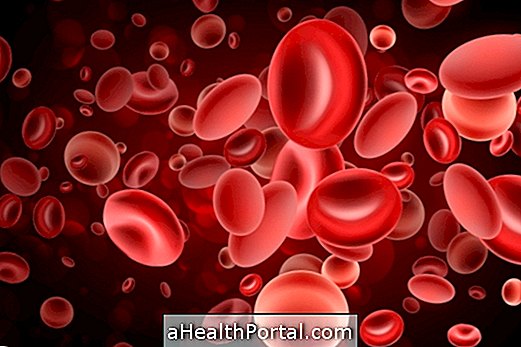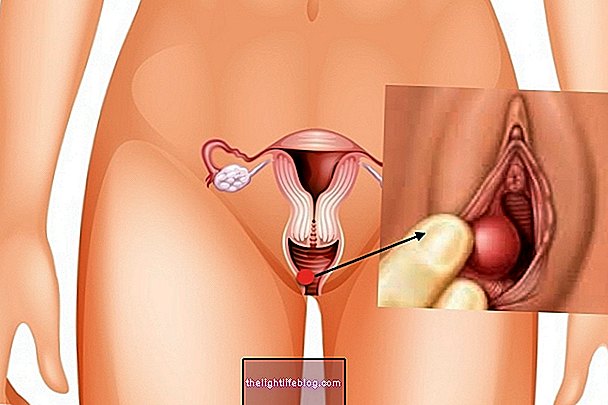Which is:
Baker's cyst, also known as a cyst in the popliteal fossa, is a lump that arises in the back of the knee due to fluid build-up of the joint, causing pain and stiffness at the site that worsen with knee extension movement and during physical activity.
Generally, Baker's cyst is a result of other knee problems, such as arthritis, meniscal injury or cartilage wear, and therefore does not require treatment, disappearing when the disease that causes it is controlled. The most common is that it is located between the medial gastrocnemius and the semimembranosus tendon.
However, although rare, Baker's cyst may rupture causing severe pain in the knee or calf, and may need to be treated at the hospital with surgery.
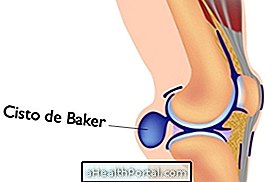

Symptoms of Baker's cyst
Usually the baker's cyst has no obvious symptoms, being discovered in an exam performed for any other reason, or during knee evaluation, in the orthopedist or physiotherapist.
Some signs and symptoms that may indicate that there may be a baker cyst in the knee are:
- Swelling behind the knee, as if it were a ping pong ball;
- Knee pain;
- Stiffness when moving the knee.
When symptoms of knee problems occur, it is recommended to consult an orthopedist to do exams such as knee ultrasonography or MRI, and diagnose the problem by initiating appropriate treatment. The X-ray will not show the cyst but may be useful for evaluating osteoarthritis, for example.
You can usually feel the cyst when you lie on your stomach with your leg stretched out and your leg is bent at 90 degrees. It is good to check that the cyst has well-delimited edges and moves up and down whenever the person lifts or lowers the leg.
When the Baker's cyst breaks the person feels a sudden sharp pain in the part behind the knee, which can radiate to the 'potato of the leg', and sometimes resembles deep vein thrombosis.
Treatment for Baker's cyst
Treatment for Baker's cyst in the knee is usually not necessary, but if the patient is in pain, the doctor may recommend physiotherapeutic treatment, which should include at least 10 visits to relieve symptoms. The use of the ultrasound device may be useful for reabsorption of the liquid content of the cyst.
In addition, ice packs or corticosteroid injections to the knee may also be used to reduce inflammation of the joint and relieve pain. Aspiration of the fluid may also be a good solution to remove baker's cyst, but it is only recommended when there is intense pain as a way to relieve symptoms because the possibility of cyst reappearing is great.
When Baker's cyst ruptures, it may be necessary to have surgery to aspirate excess fluid into the knee through arthroscopy.
Learn more about How to treat Baker's cyst.
